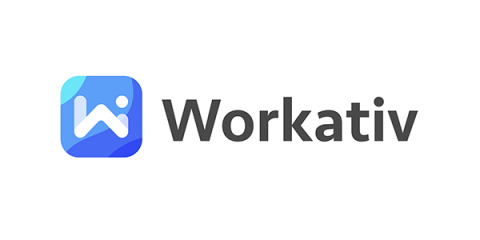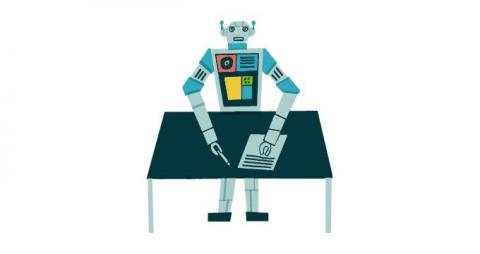4 Ways AI Simplifies Remote Training and Onboarding
How a support agent is introduced to a new role and how they’re coached until they can get up to speed plays a huge role in their performance throughout their career. In fact, organizations with a strong training and onboarding process improve new hire retention by 82% and productivity by over 70%1. So, it’s vital that you train and onboard your agents well, especially in a remote work environment.









